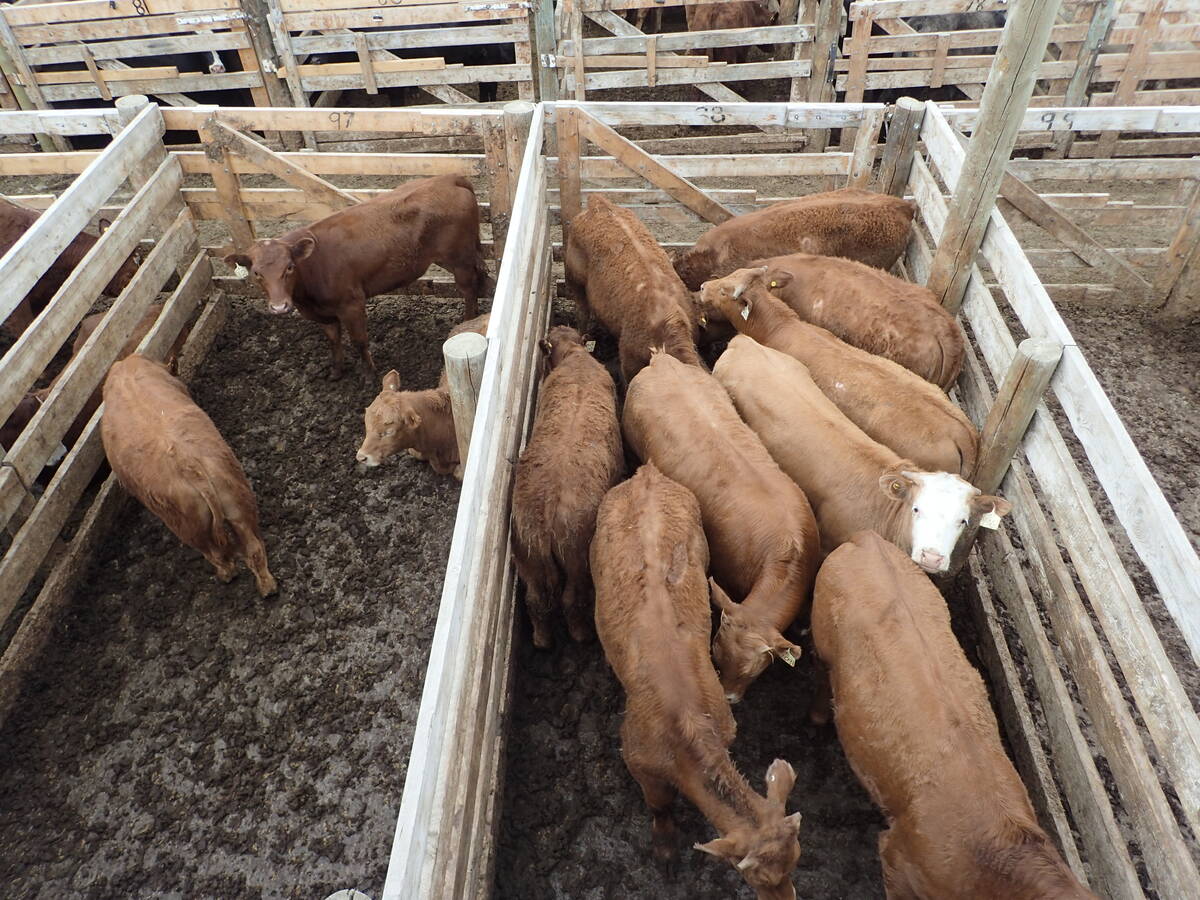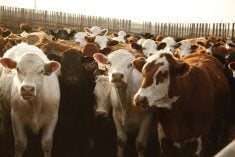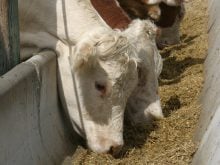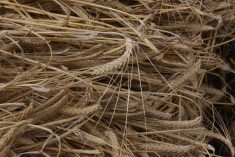Fed market strengthens
After a small pullback, the western Canadian fed market strengthened by just more than $1 per hundredweight during the week ending July 18.
Alberta fed steers closed the week at $298.73 per cwt., up $1.42 from the previous week. Fed heifers were up $1.37 per cwt. to finish the week at $295.88 per cwt.
Dressed sales were reported in the range of $495-$500 per cwt. delivered, fully steady with the previous week . With one major packer not bidding, competition was limited. Most of the cattle that traded were scheduled for delivery immediately and into early September.
Read Also

Pakistan reopens its doors to Canadian canola
Pakistan reopens its doors to Canadian canola after a three-year hiatus.
The Alberta cash-to-futures basis was -$7.16 per cwt. Not only is this $7.69 per cwt. weaker than the five-year average, it is also the weakest basis for the same week in the last decade.
Western Canadian fed slaughter for the week ending July 12 was 40,126 head, 14 per cent below the five-year average. Year-to-date slaughter is eight per cent below 2024.
Canadian fed cattle and cow exports to the United States for the week ending July 5 were 6,786 head. This is five per cent below 2024 volumes. Year-to-date exports are down one per cent from last year.
In Ontario, light trade was reported, with dressed sales up $10 per cwt. from the previous week to $530 per cwt. delivered. Cattle were scheduled for delivery next week.
The Ontario cash-to-futures basis was +$12 per cwt., which is $7.87 per cwt. stronger than the five-year average. The futures basis has now been above 2024 levels for nine consecutive weeks.
Cow prices trending lower
Over the past month, Alberta cow prices have been moving lower. Prices are now $10 per cwt. shy of their highs set in June, which is the lowest price seen since early April.
In June, Alberta cow prices were at a premium to the U.S. utility cow market in June. Alberta cow prices are now at a discount to their U.S. counterparts.
Larger non-fed volumes have been reported through commercial auction facilities in the northern regions.
Recently, some cow-calf pairs have been split up at auction facilities. A few grain-fed cows have hit the market, bringing small premiums.
Canfax analysts expect a small rally in non-fed prices over the next few weeks, based on seasonal trends for late July and early August, but they don’t anticipate great highs for the second half of the year.
Feeder prices mixed
Feeder prices were mixed during the week ending July 18 due to seasonally light volumes through commercial auction facilities.
New record-high prices were set for 850-pound steers. This weight class has not established an annual high in July for the past 25 years. Traditionally, heavier feeder prices tend to peak in late September.
Even with higher prices, Alberta feeder basis levels have weakened.
According to Canfax, the weakest cash-to-futures basis for the year are normally seen in July, based on the five-year average.
More than 50 per cent of the week’s auction volumes were through electronic and video sales. Alberta and Saskatchewan steers weighing more than 1,000 lb. were trading for more than $400 per cwt. via electronic sales.
Feedlot demand in Eastern Canada continues to be strong on the forward delivery calf market, with prices remaining steady to higher than the previous week.
Alberta and Saskatchewan steer calves weighing 500-599 lb. for October/November delivery were reported to have traded in the range of $559-653 per cwt., with a weighted average price of $613.13 per cwt. based at 538 lb.
Heifer calves of the same weight range traded from $505-566 per cwt., with a weighted average price of $544.86 per cwt. based at 558 lb.
The steer-to-heifer price spread for this weight class is about $70 per cwt., based on these forward delivery sales.
Western Canadian calf prices for forward delivery are currently trading at a premium to the northern U.S. feeder market.
Cutouts decline
U.S. cut-out prices dropped by $11-17 per cwt. during the week ending July 18 as part of their seasonal summer decline.
However, they are $52-54 per cwt. higher than last year.
The Choice-to-Select spread was about $19.50 per cwt., the widest spread seen since the end of April.















